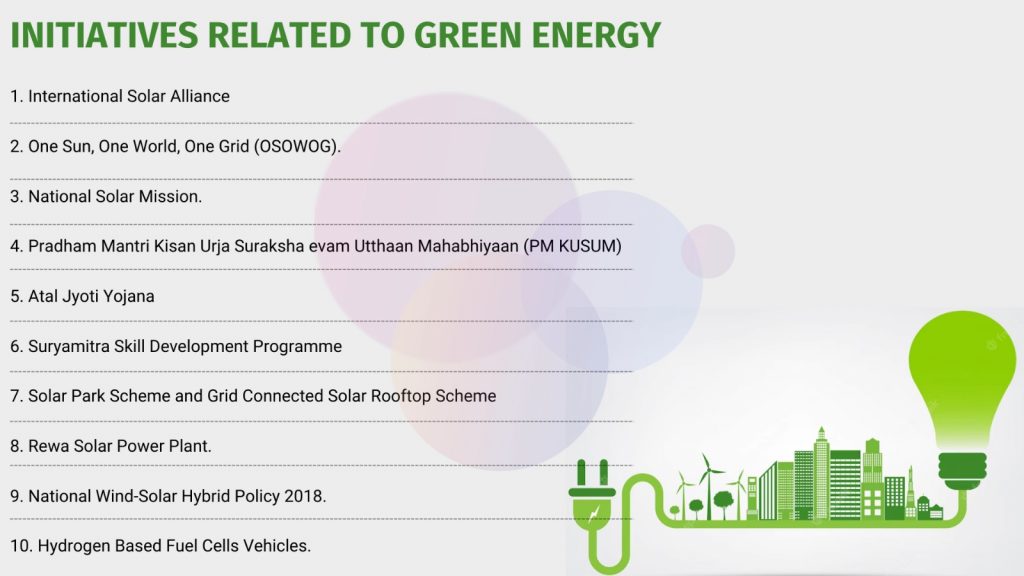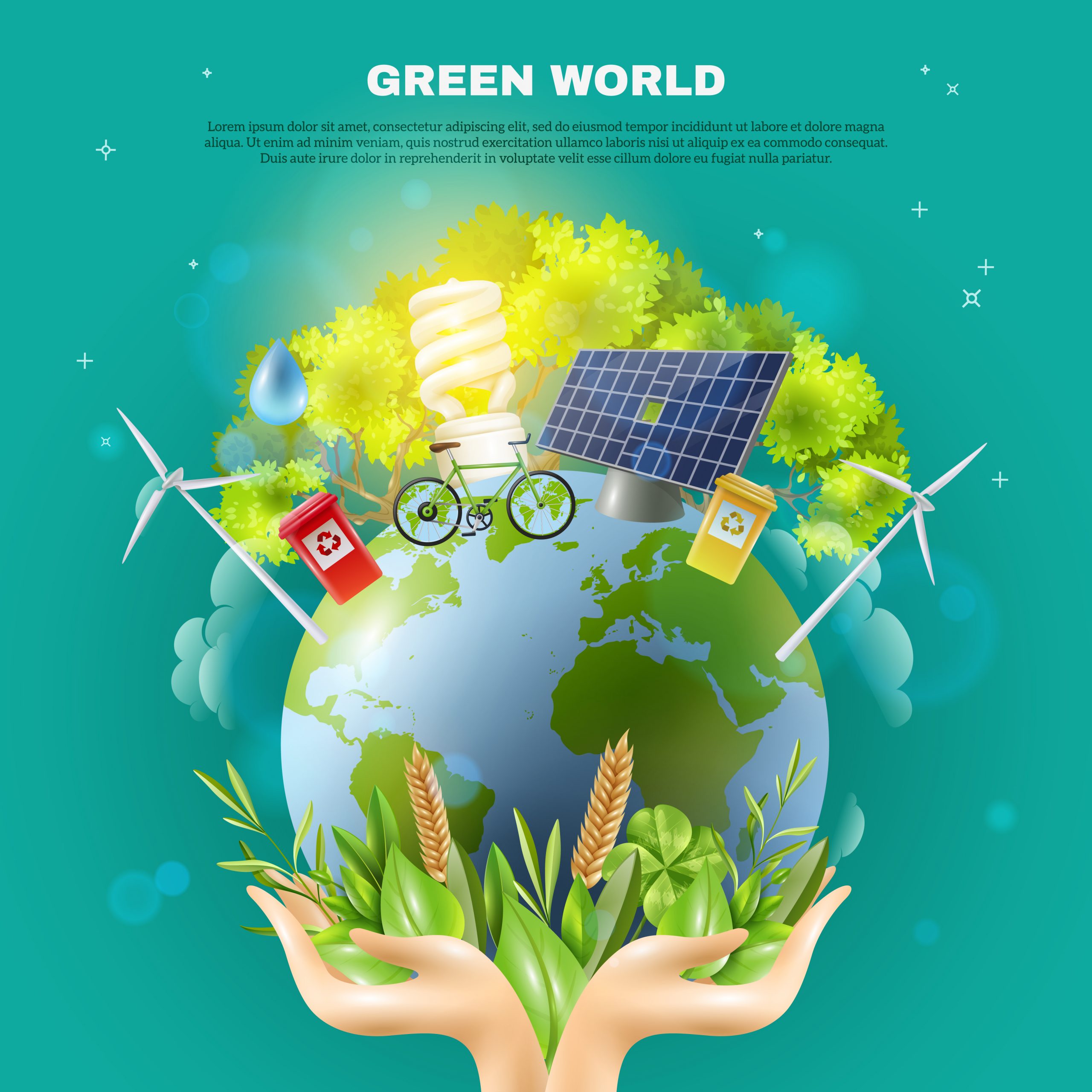News Highlights:
Renewable Energy Policy: According to a study by the Institute for Energy Economics and Financial Analysis (IEEFA) and Ember, Karnataka is currently the State with the best-equipped power systems to transition its electricity system from being fossil-powered to renewable energy sources, followed by Andhra Pradesh and Gujarat
India’s commitment Towards Green energy:
- India’s pledge:
- India has committed to generating about half of its electricity from non-fossil fuel sources and reducing the emissions intensity of its gross domestic product (GDP) by 45% by 2030.
- To do this, States must change their electricity delivery infrastructure to effectively handle inputs from various power sources, including solar, wind, hydropower, and fossil fuel sources.
- To support this transition, the Indian government has approved the Intra-State Transmission System – Green Energy Corridor Phase-II.
- Performance of States:
- Karnataka has performed well in meeting its power requirements and achieving its targets for feeder segregation and smart meter installation.
- Andhra Pradesh and Gujarat were also noted as strong performers in the transition to clean electricity.
- On the other hand, Bihar, Haryana, and Uttar Pradesh scored poorly on these parameters. Bihar, Uttar Pradesh, and West Bengal were identified as needing to do the most work to transition their systems.

Green Energy Corridor Phase:
- About:
- The Green Energy Corridor is a series of infrastructure projects aimed at synchronising the power generated from renewable energy sources like wind, solar, hydro, etc., with the conventional national grid of India.
- The project is divided into two parts, i.e. Phase 1 and Phase 2.
- Launched in the year 2015 -16, the Green Energy Corridor aims at making electricity usage, transmission, and generation more efficient, less risky, and more reliable.
- Phase 1:
- The project’s first phase was launched in 2015-16 with a budget of around Rs. 10,000 Crores.
- It is estimated to be completed by the year 2022.
- The name of this phase is also called “Intra State Transmission System (InSTS)”.
- The project’s sole aim is to build infrastructure to extract the excess energy produced from renewable sources in these states and sync it with the national grid of India to transport it to energy-deficient regions.
- Under the project, around 22.6 GVA (Gigavolt Amperes) of electrical substations would be constructed.
- Around 9,700 km long transmission lines are to be laid down, which will allow extracting as much as 24 GW (Giga Watts) of renewable energy.
- Respective State Transmission Utilities (STUs) are responsible for implementing the project.
- Phase 2:
- The Green Energy Corridor Phase-II initiative will develop infrastructure to connect renewable energy sources with the power grid in seven states.
- The Green Energy Corridor Project aims at synchronising electricity produced from renewable sources, such as solar and wind, with conventional power stations in the grid.
- The respective State Transmission Utilities (STUs) are implementing the project in these states.
- The scheme will help achieve the 450 GW installed RE capacity target by 2030.
- skilled and unskilled personnel in power and other related sectors.
- The project’s total cost is estimated at ₹12,000 crores, and the central government will provide 33% financial assistance or ₹3,970 crores.
- Significance:
- It’ll help in ecologically sustainable development.
- It will also add to the long-term energy security of our country.
- The whole project is and will generate many employment opportunities for both skilled and unskilled workers.
- It’ll help India meet its target of reducing carbon emissions.
- It’ll help India fulfil its commitments made in the Paris Agreement 2016 under its “Intended Nationally Determined Contributions” to produce 50% of its total electricity generation from renewable sources.
Pic Courtesy: Freepik
Content Source: The Hindu



